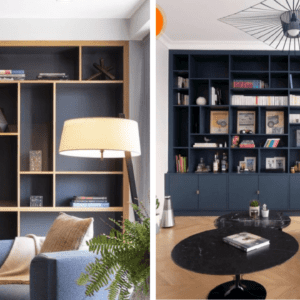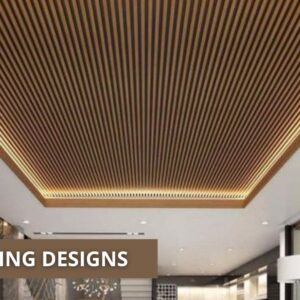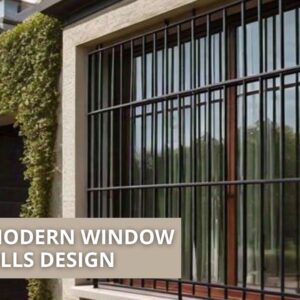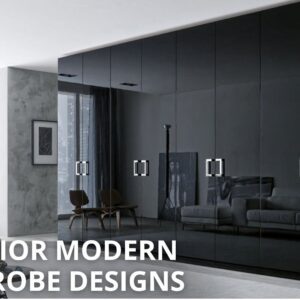
The modern trend has seen an increase in the popularity of interior louver wall design. Louver walls are made up of several horizontal or vertical slats, usually tilted to allow light and air to pass through but still preserve individuals’ privacy. These types of walls come with numerous options, so much so that they can be used in different settings including residential homes and offices. This is a detailed handbook looking into everything you need to know about interior louver wall design; advantages, uses, design ideas, and tips for installing it.
What is a Louver Wall?
A louvered wall is a partition or wall that contains panels with louvers having angled slats (fixed or adjustable). These louvers mainly consist of materials like plastic, wood, and metal whose purpose is managing light circulation, visibility, and airflow between rooms. They are used for ventilation purposes and as part of the decorative aspects or private spaces within buildings.
Benefits of Interior Louver Wall Design

1. Enhanced Airflow and Ventilation
A louver wall has one of its main purposes as allowing air to move freely. The slanting gaps through air passes allow them to be appropriate for areas requiring ventilation while maintaining privacy. In case you are in warm weather, the system is useful because it ensures a smooth flow of fresh air inside a building.
2. Light Control and Diffusion
The positioning of louver walls can be done strategically for light regulation into a room. The laths may be directed in such a way as to scatter light and create an atmosphere of softness that affects the entire surrounding area’s outlook. For instance, in living rooms and bedrooms where light diffusion is necessary or when reducing glare is required mostly select this kind of apparatus.
3. Privacy and Separation
Louver walls offer some level of seclusion while not completely separating spaces. Room dividers or partitions are often made from them so that people can see but feel open at the same time. These kinds of partitions facilitate both public and private space at once; making them perfect for offices and homes with several open rooms rather than walled ones all over but might seem cramped due to their full-size nature.
4. Aesthetic Appeal
Not only do interior louver wall designs serve a functional purpose, but they are also aesthetically pleasing. This makes them very popular in many modern and contemporary interiors because of the texture, depth, and visual interest brought to a room by them. Designers can customize the look of their louver walls using different finishes, materials and colors to make them outstanding features that match other décor elements.
5. Versatility
Versatile in nature, louver walls can be utilized in a wide range of conditions including both residential and commercial. They can integrate into different parts of the building such as hallways, sitting rooms, washrooms, or offices with specific requirements to achieve aesthetics that fit the desired spaces.
Popular Applications of Interior Louver Wall Design

1. Room Dividers
As room dividers, louver walls have been used widely. For instance, inside open-plan living spaces consisting of both living rooms and dining areas, these walls help establish some sense of separation while still allowing for an open space layout. The vertical louvers enable light and air to penetrate the area without any hindrance thereby maintaining openness.
2. Ventilation Panels
Interior louver wall designs may be utilized as ventilation panels in places where ventilation is important like bathrooms, kitchens, or utility rooms. By permitting air movement within them, they discourage moisture accumulation which results in the growth of molds. To enhance properties such as circulation of air within the building and maintenance of good indoor air quality, existing partitions may be added with louver panels or used as independent sections.
3. Closet Doors
There is a popular choice of louvered closet doors in bedrooms as well as in dressing rooms. The gaps between the slats ensure air circulation into and out of the wardrobe thereby lessening bad smell and keeping clothes fresh. The presence of louvered doors adds an artistic touch to this room since their unique design improves the general outlook.
4. Window Shutters
Bedrooms, as well as dressing rooms, are one of the most popular places where people use louvered closet doors. Slits between each other on such a door allow fresh air to get into and out of the wardrobe keeping away any moldy odor and preserving clothing’s freshness. Louver doors help decorate the room by giving it a special look that complements other interior details.
5. Decorative Features
Besides, sometimes Louver walls can be used just for decorating reasons. For instance, an accent wall built with louver panels will give texture as well as increase visual attraction throughout a room making it a focal point. Decorative louver walls could be employed to create dramatic design statements at entrances, hallways, or lounges.
Ideas for Interior Louver Wall Design
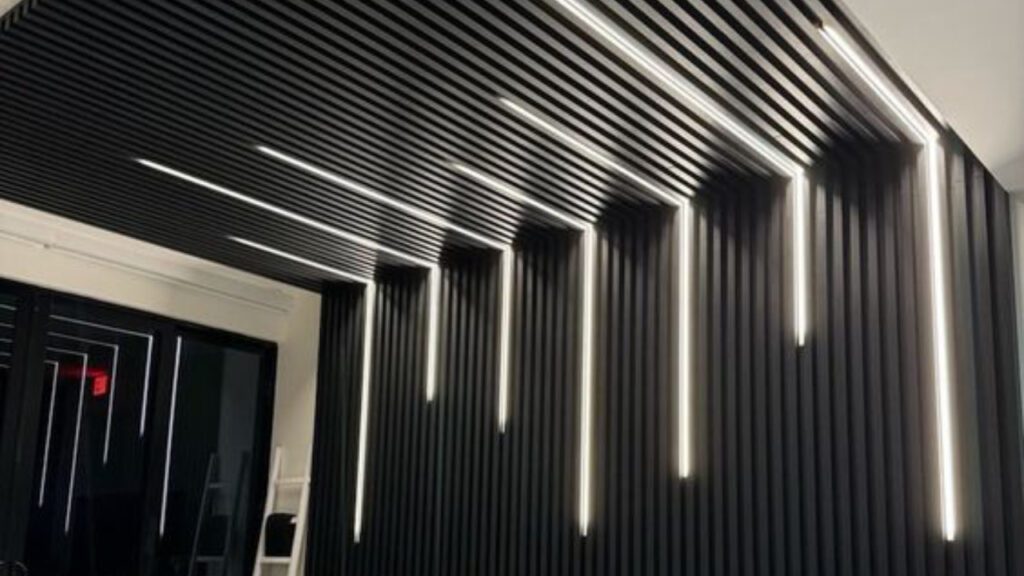
1. Wooden Louver Walls
Louver walls are typically made of wood, which is a popular material due to its warm and natural appearance. Different finishes can be applied on wooden louver walls through painting or staining to match the interior décor. Louver walls are ideal for living rooms and bedrooms as well as dining areas where a touch of classiness is required. This tends to make wooden louver walls an ageless design option since the natural grain and texture of the wood also enhance the overall beauty.
2. Metal Louver Walls
The metal louver walls are a good choice for an industrial or contemporary look. One can powder-coat aluminum or steel louvers in different shades, giving them an attractive look. It is easy to maintain and tough enough for heavy-duty use, such as in offices, in business setups, and lofts among others. By using the metallic finish, it is possible to achieve a modern touch and create a striking appearance.
3. Vertical Louver Walls
However, vertical louvers offer an alternative to traditional horizontal ones. For smaller areas or those with low ceilings, having vertical slats could help increase the perception of space and openness. These kinds of walls could be employed as room dividers, accent walls or even backgrounds against which furniture pieces may be placed to give a contemporary stylishness to any room.
4. Sliding Louver Panels
Interior design through sliding louver panels is highly adaptable and functional. By moving these panels one can either open up spaces or isolate them accordingly making this interior design highly dynamic within its nature. The use of sliding louver panels comes in handy where permanent partitions would limit options such as studio apartments, multi-functional rooms, and open-plan offices Simple Name(pat).
5. Louvered Glass Walls
The mix of louvers and glass panels brings out a sophisticated and contemporary appearance. Air-louvered glass walls let light in while keeping off prying eyes with the aid of natural light and regulating air movement within. This architectural design is best for spaces where clarity is key, such as in offices, conference rooms, or modern residential interiors. It thus means that the mix of glass and louvers can result to a sleek, functional, and visually appealing aesthetic.
6. Patterned Louver Walls
Additionally, patterned louver walls are ideal for those who want a more artistic approach. These ornamental louvers can be focal points within a room adding another layer of complications to the design. Use patterned louver walls on feature walls, headboards or decorative screens which makes it one solution in interior designing that is versatile.
Installation Tips for Louver Walls
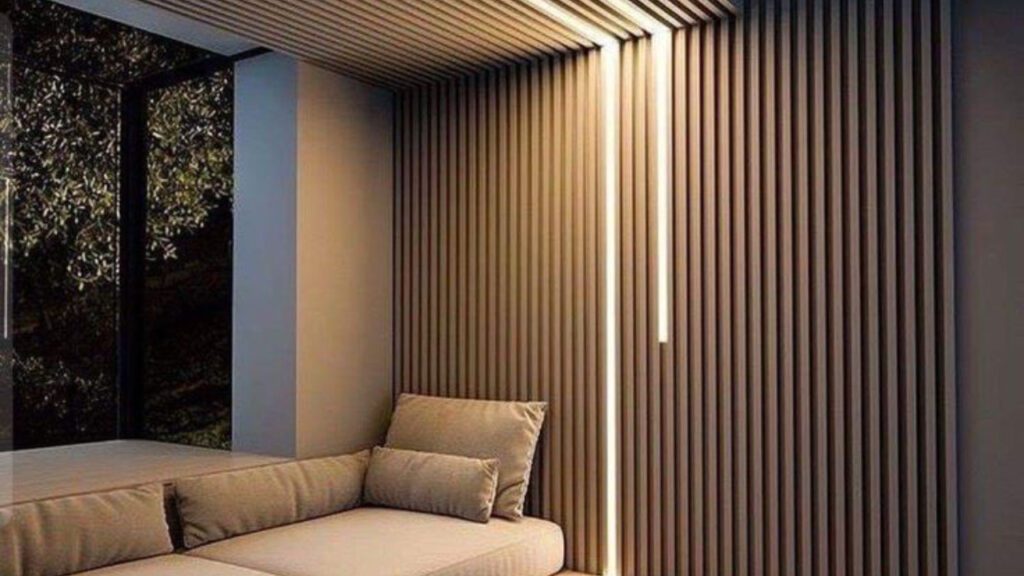
1. Planning and Measurement
Consequently, any installation process must consider carefully planned steps that come with accurate measurements. Establish why you need this louver wall (privacy, ventilation, or decoration) then choose your material and design accordingly. To ensure it fits perfectly measure the area it will be installed also taking note of other existing architectural objects like windows or doors among others.
2. Choosing the Right Material
Material choice for the louver wall depends on its intended use and design aesthetic. To achieve a warm, traditional look, wood is ideal, whereas metal gives it a sleek and modern feel. Before making up your mind consider factors such as durability, maintenance requirements, and cost of each material.
3. Structural Support
Louver walls must have adequate structural support to ensure that they remain stable and secure. For instance, if the louver wall is going to be used as a room divider or partition it may need to be anchored to the floor, ceiling, or existing walls. Make sure you get in touch with a professional if the louver wall is load-bearing or if it requires complex structural support.
4. Adjustable vs. Fixed Louvers
The decision you have to make now involves whether fixed louvers or adjustable ones are what you want. By incorporating adjustable louvers into one’s facility’s structural framework gives users more control over light penetration through their space as well as ventilation/airflow. On the other hand, fixed louvers are easier to install and maintain. When choosing between these two types of systems also take into account things like installation complexity including any added hardware/mechanisms that might come along with them (like motors) – which can increase costs substantially depending upon how many units will be needed within rooms etcetera
5. Finishing Touches
To enhance its appearance and durability, the louver wall should be painted, stained, or protected in some other way after installation. When you decide on the finish of the louver wall, consider the color scheme as well as the design of the room. Clear varnish is ideal for wooden louver walls to bring out its natural grain whereas colored stain gives it depth and character.
Maintenance and Care of Louver Walls
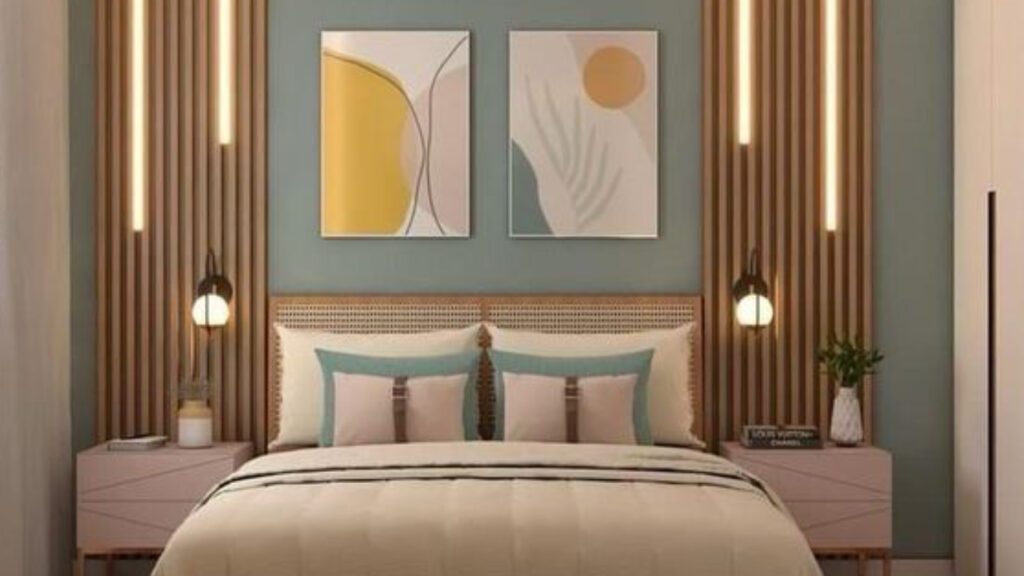
Maintaining louver walls is simple enough, but regular care is a must to keep them looking great and working well.
1. Cleaning
The louvers can collect dust and dirt making it necessary to clean them often. Take away dust from the slats by using a soft cloth or feather duster. For a more thorough cleaning, wipe down the slats with a damp cloth that has mild soap on it. Avoid employing harsh chemical substances or abrasive cleaners as they can destroy the finish.
2. Inspection
Occasionally inspect your louver wall for wear and tear. Loose slats, chipped paint or rust (if metallic) are some of these defects. Promptly address any of these issues to prevent further damage. Ensure that the adjustable louvers’ mechanism functions properly and lubricate if need be.
3. Repainting or Refinishing
The finish on louver walls may get worn out over time, particularly in high-traffic areas. The louvers can be repainted or refinished to restore their appearance as well as protect them against various forms of damage including cracking and fading due to sunlight exposure. A UV-resistant or water-resistant finish might be considered if the louver wall gets wet regularly or exposed to direct sunlight thereby lengthening its lifespan.
Conclusion: The Versatility of Interior Louver Wall Design
A versatile and stylish solution, interior louver wall design is capable of offering a number of benefits such as enhanced ventilation and light control, privacy, and aesthetic appeal. It can be customized to fit into various room settings in which it may serve as room dividers, decorative features, or ventilation panels.
It will depend on the choice of materials, design as well as installation methods for you to have louver walls that are both practical and add an exclusive sophisticated touch to your space. Properly cared for and maintained, these types of walls are durable making them ideal investments in any home or commercial area by striking a balance between beauty and utility.

